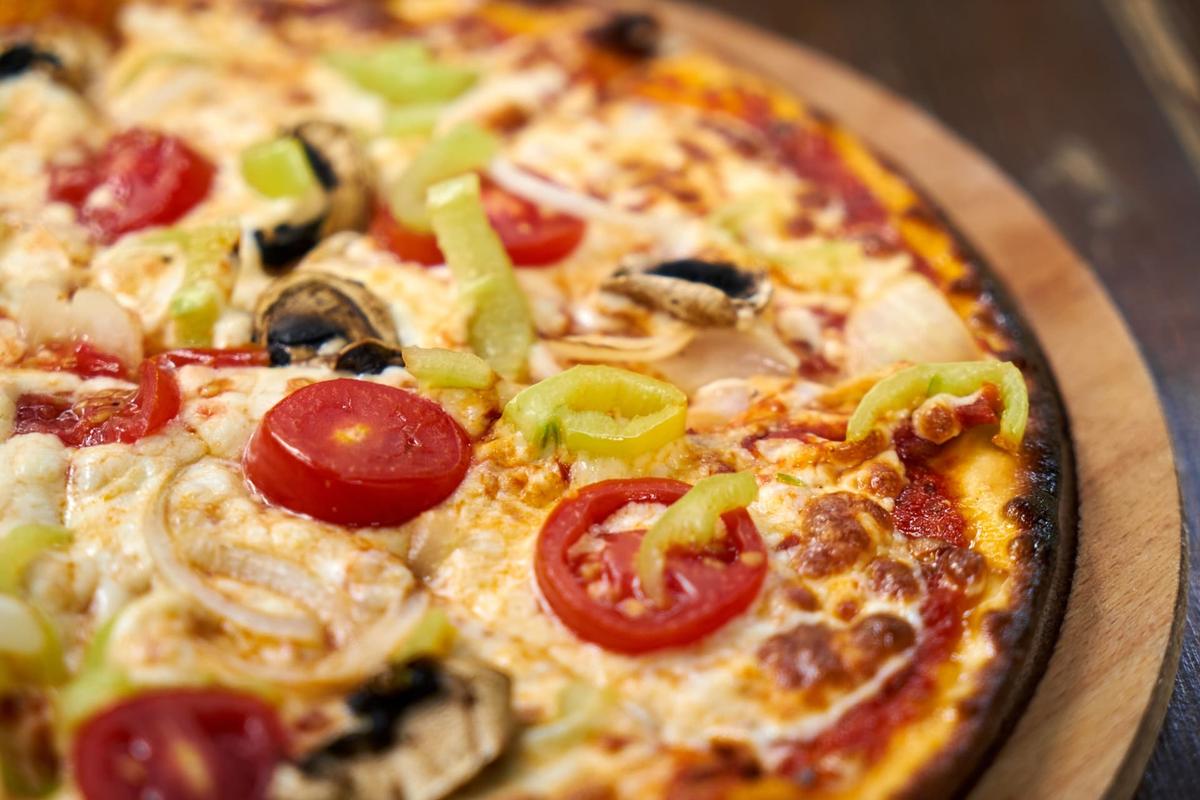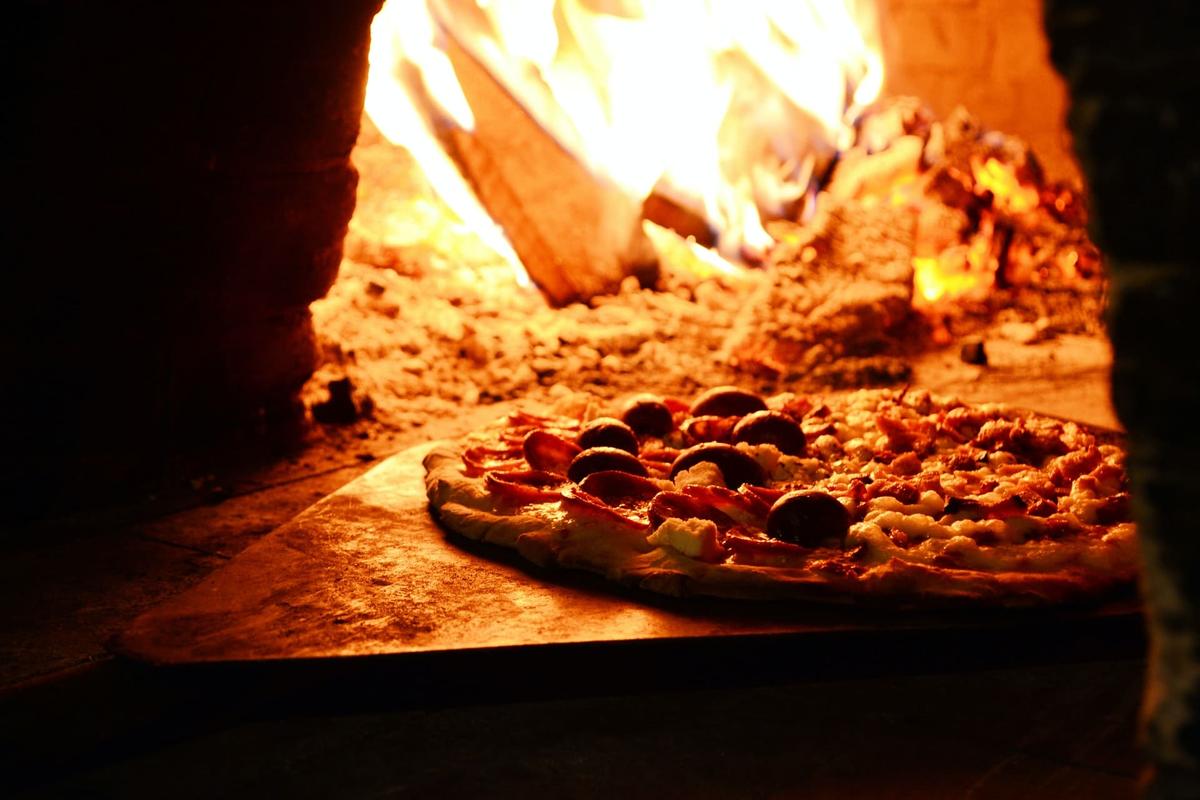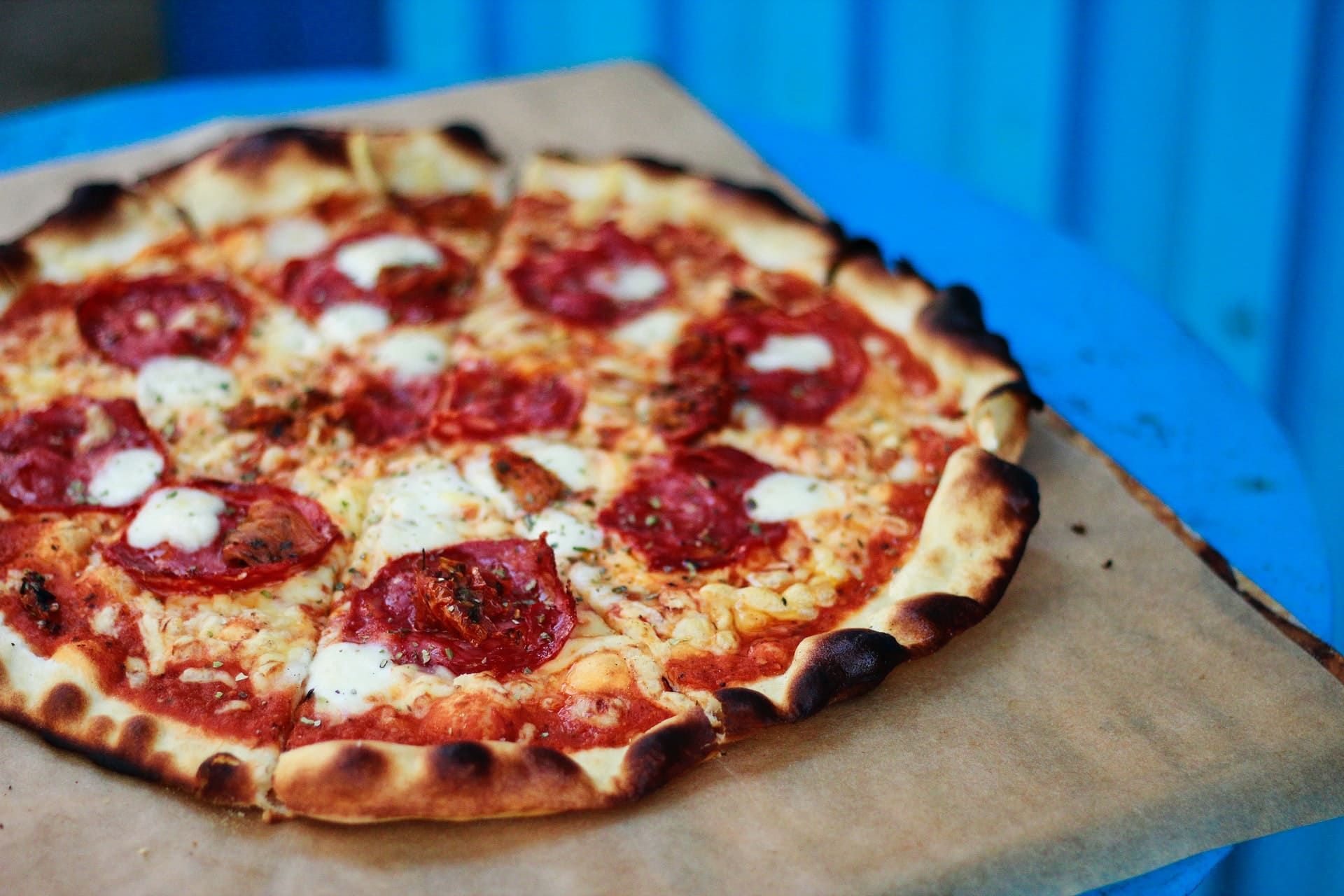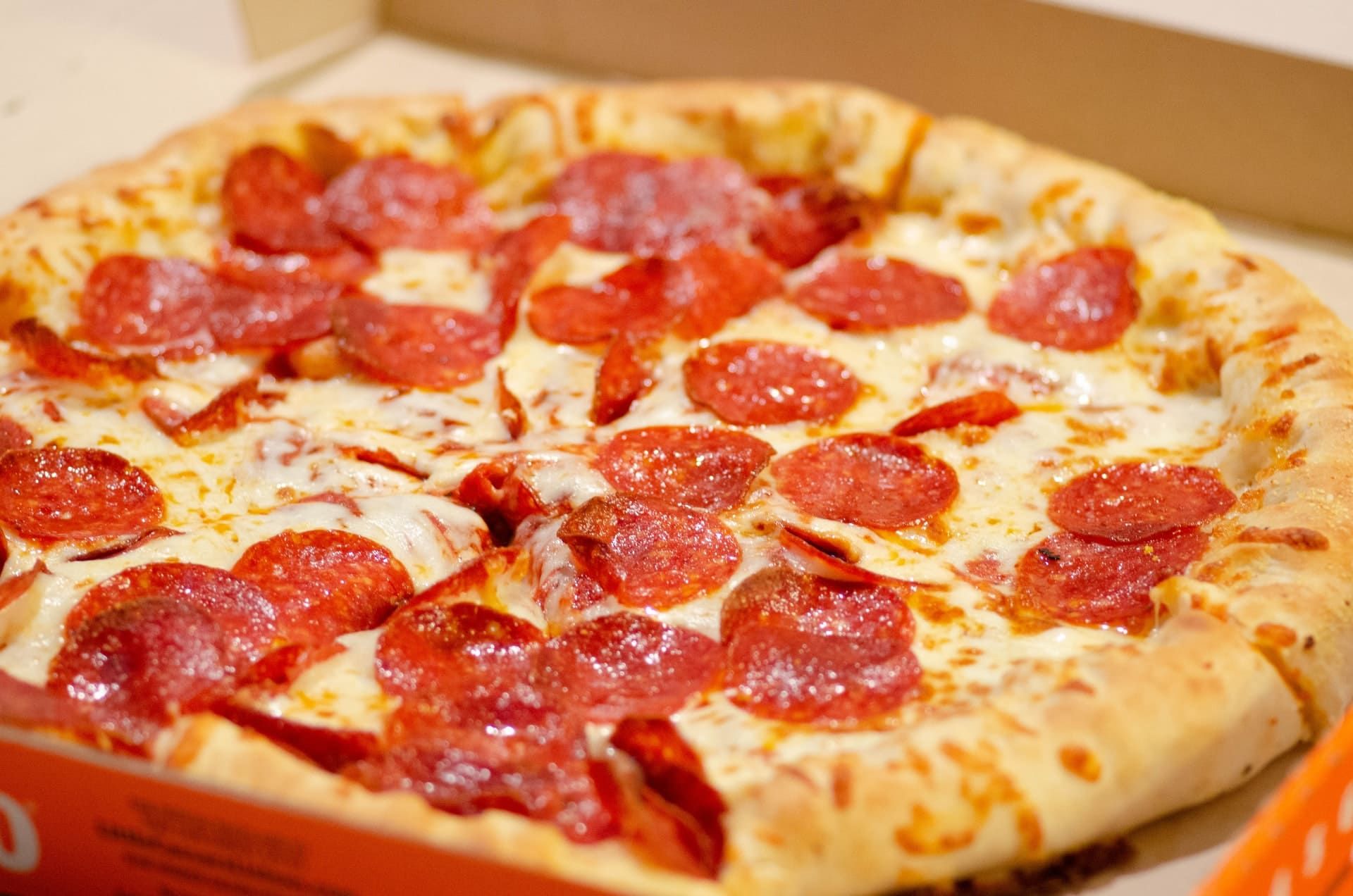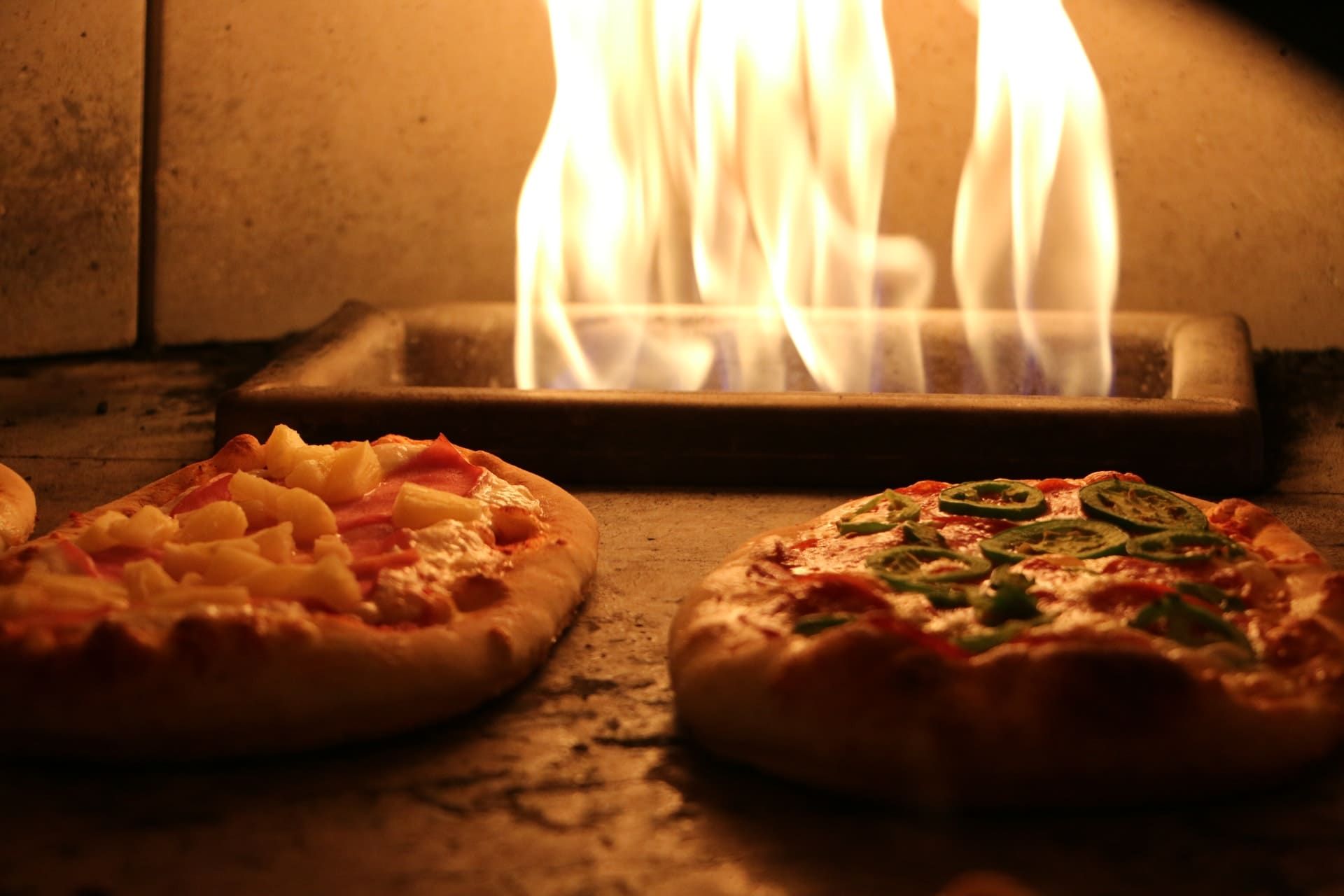
Oven
02-26-2022
A baking stone is a portable cooking surface used in baking. It may be made of ceramic, stone or, more recently, salt. Food is put on the stone, which is then placed in an oven, though sometimes the stone is heated first. Baking stones are used much like cookie sheets, but may absorb additional moisture for crispier food. A pizza stone is a baking stone designed for cooking pizza.
Due to the thermal mass of baking stones and the material's property as a poor heat conductor, food is less likely to burn when one uses a baking stone instead of metal or glass bakeware. Baking stones are a variation on hot stone cooking, which is one of the oldest cooking techniques known. Some cooks recommend sprinkling corn meal or flour on the baking stone to prevent the crust from sticking or using parchment paper atop the stone. Baking 'stones' may be purchased as unglazed ceramic tiles, unglazed fired clay tiles and quarried tiles, from tile shops and hardware stores.
To prevent fracturing of the stone by thermal shock, some bakers place the baking stone in a cold oven and heat it over at least 45 minutes, then allow it to cool slowly inside the oven after switching it off. Because of the possibility of rapid temperature change, baking stones should not be left in an oven while it is in self cleaning mode. Baking stones can be cleaned with a dry brush or scouring pad followed by plain hot water. Because it is porous, a baking stone will absorb any fluid it contacts, including detergent. Use of any detergents may taint the stone, imparting the flavor of detergent to foods later cooked on the stone.
When designed for cooking pizzas, a baking stone is often referred to as a pizza stone. Using a pizza stone more or less mimics the effects of cooking a pizza in a masonry oven. The porous nature of the stone is commonly believed to absorb moisture; resulting in a crispier crust.[by whom?] Small pizza stones can be purchased to fit any conventional cooking oven or an enclosed barbecue-style grill. High-end ovens sometimes offer optional pizza stones that are specifically designed for each oven model and may include a specialized heating element. In addition to traditional methods, a pizza stone can also be made out of metal.
Pizza is sold fresh or frozen, and whole or in portion-size slices. Methods have been developed to overcome challenges such as preventing the sauce from combining with the dough, and producing a crust that can be frozen and reheated without becoming rigid. There are frozen pizzas with raw ingredients and self-rising crusts. Another form of pizza is available from take and bake pizzerias. This pizza is assembled in the store, then sold unbaked to customers to bake in their own ovens. Some grocery stores sell fresh dough along with sauce and basic ingredients, to assemble at home before baking in an oven.
In restaurants, pizza can be baked in an oven with fire bricks above the heat source, an electric deck oven, a conveyor belt oven, or, in traditional style in a wood or coal-fired brick oven. The pizza is slid into the oven on a long paddle, called a peel, and baked directly on hot bricks, a screen (a round metal grate, typically aluminum), or whatever the oven surface is. Before use, a peel is typically sprinkled with cornmeal to allow the pizza to easily slide on and off it. When made at home, a pizza can be baked on a pizza stone in a regular oven to reproduce some of the heating effect of a brick oven. Cooking directly on a metal surface results in too rapid heat transfer to the crust, burning it. Some home chefs use a wood-fired pizza oven, usually installed outdoors. As in restaurants, these are often dome-shaped, as pizza ovens have been for centuries, in order to achieve even heat distribution. Another variation is grilled pizza, in which the pizza is baked directly on a barbecue grill. Greek pizza, like deep dish Chicago and Sicilian style pizza, is baked in a pan rather than directly on the bricks of the pizza oven.
